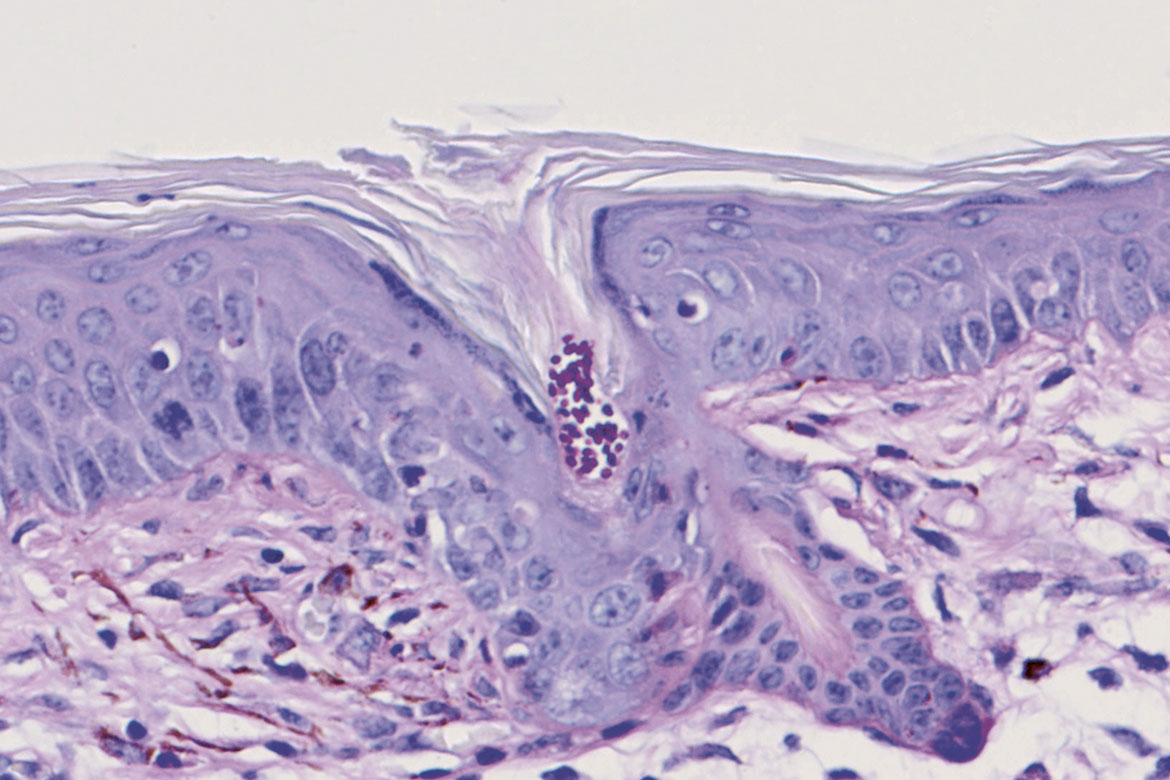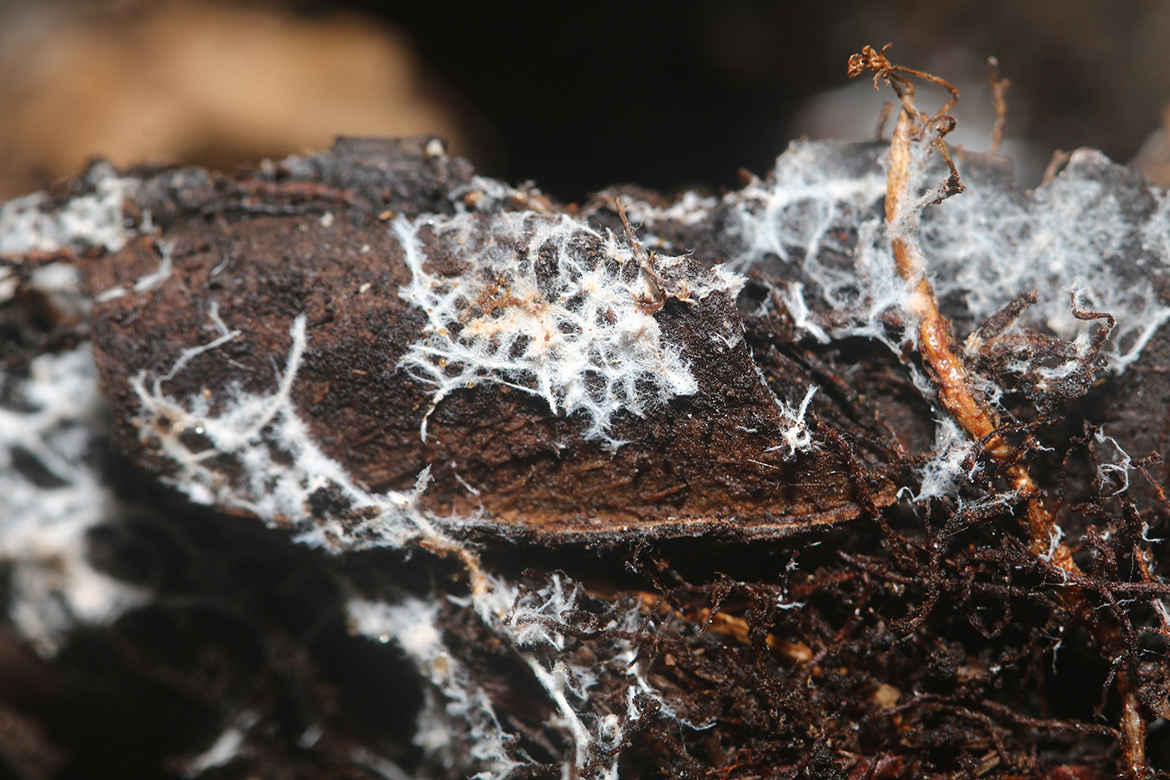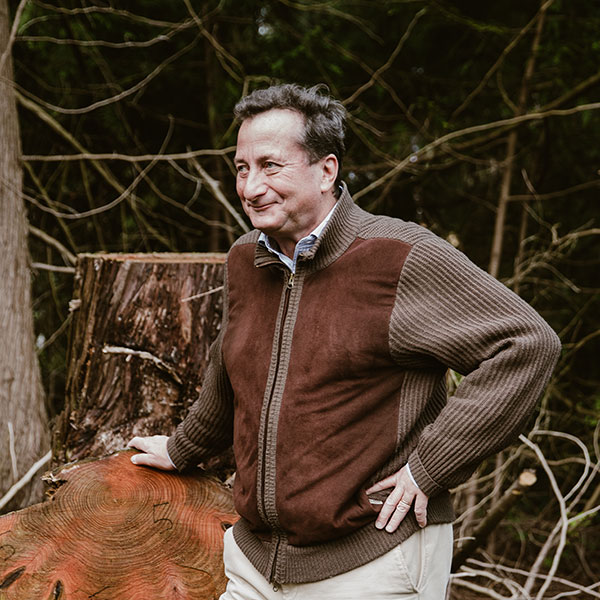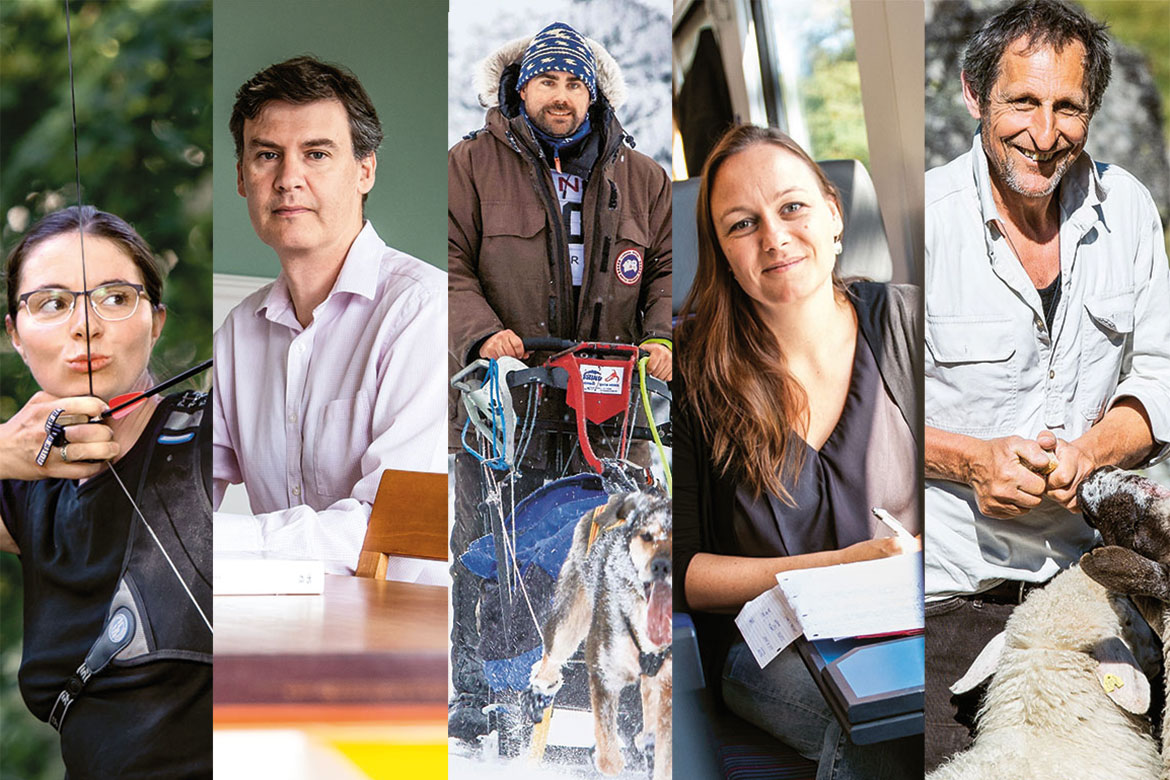AGRICULTURAL ECOLOGY
The wrong fungus
Agricultural land has more soil microbes than forest soil – but not necessarily better ones.
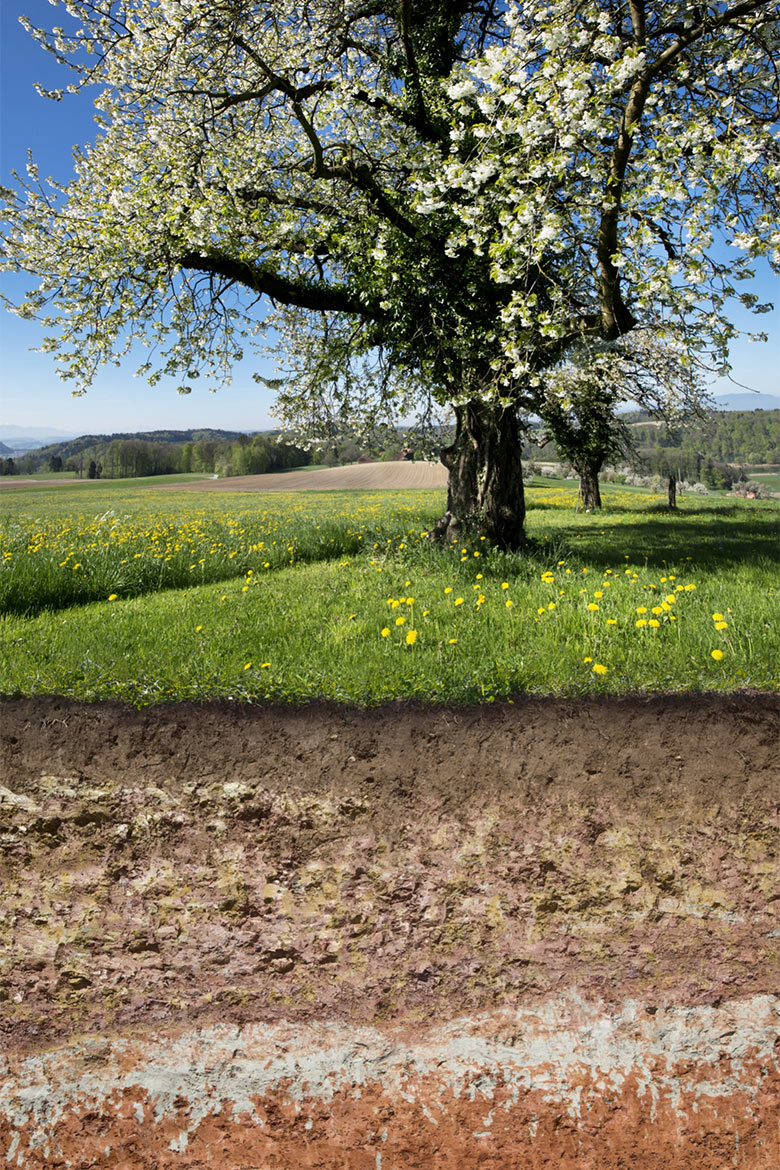
More diversity in the soil isn’t always good for the plants growing in it. | Image: Gabriela Brändle/Agroscope
A joint team from the University of Zurich and Agroscope (the Swiss centre of excellence for agricultural research) has found over 100,000 different fungi and bacteria in 715 soil samples taken from fields, forests and meadows in 24 different countries. They were collected as part of a soil monitoring project coordinated by the European Soil Data Centre.
The researchers were surprised to find that there was significantly less diversity in the microbiome of pristine landscapes (such as forests) than was the case in cultivated areas. But in fact, more diversity isn’t always a good thing – and the team also found that arable soil contained more harmful fungi and fewer useful symbionts (organisms that live in a symbiotic relationship with others).
“Farming disturbs the natural composition of the microbiome. It’s possible that this allows more harmful microorganisms to settle in arable land”, says Marcel van der Heijden from Agroscope, who is heading the team. He is now investigating whether soil can be upgraded through environmental engineering – such as by inoculating it with beneficial mycorrhizal fungi.

